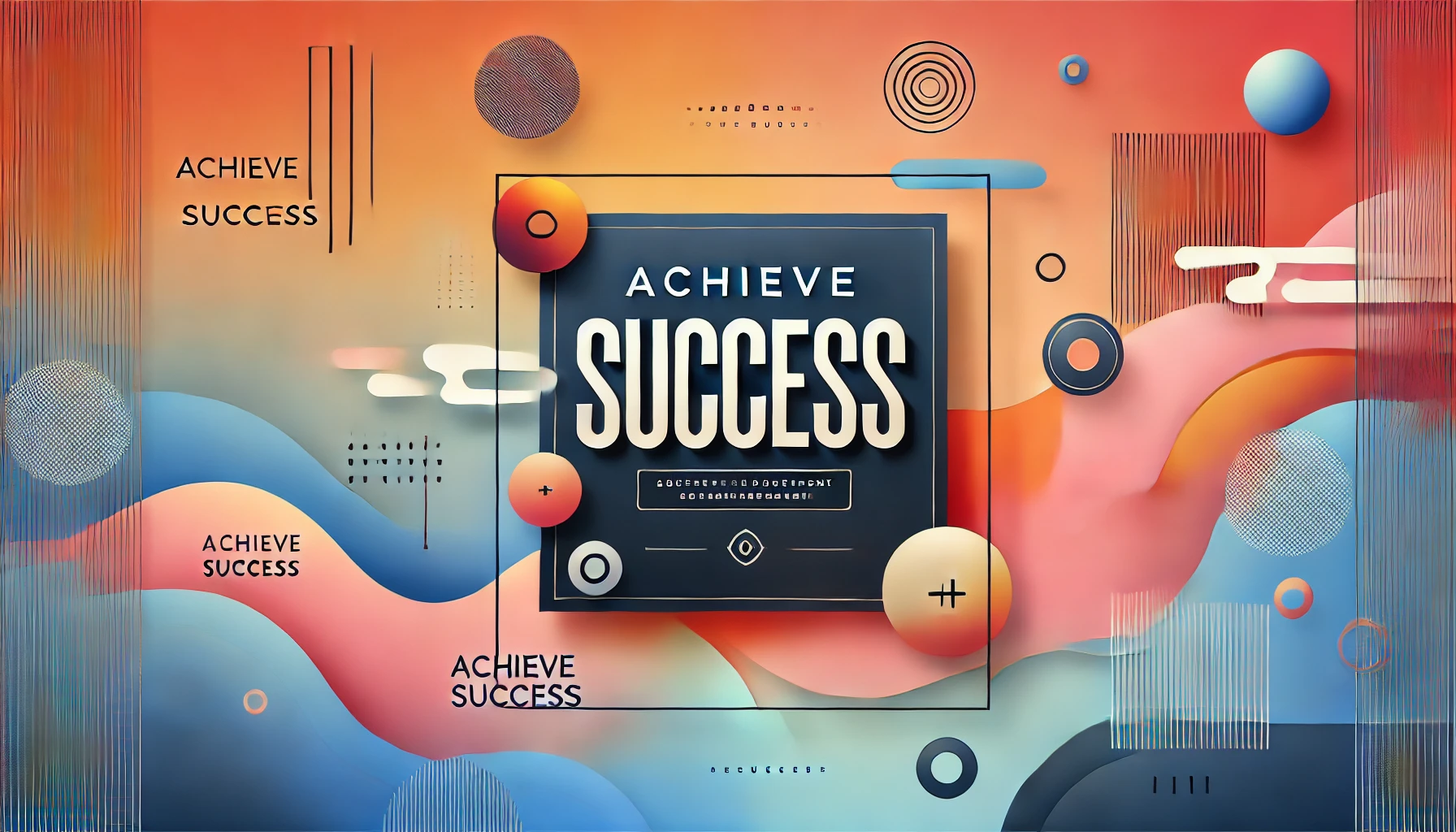The Definitive Handbook for Email Marketing Strategies: Elevate Your ROI in 2024
Maximize your return on investment (ROI) in 2024 with our comprehensive email marketing guide. Explore expert strategies to enhance your campaigns.
Introduction
In the current digital era, email marketing stands as one of the most potent tools for businesses to engage with their audience, nurture leads, and drive sales conversions. With an astounding average return on investment (ROI) of $42 for every $1 spent, email marketing continues to surpass other digital marketing channels.
However, achieving such remarkable outcomes necessitates a meticulously planned email marketing strategy that evolves with your audience’s changing needs and incorporates the latest industry trends. This extensive guide will delve into 15 tried-and-true tactics to enhance your email marketing approach and boost your ROI in 2024.
Table of Contents
- Set Clear Email Marketing Objectives
- Grow and Segment Your Email List
- Write Engaging Subject Lines
- Customize Your Email Content
- Enhance Mobile Compatibility
- Use Automation and Drip Campaigns
- Conduct A/B Testing
- Offer Valuable and Pertinent Content
- Design Visually Appealing Emails
- Incorporate Social Proof and User-Generated Content
- Use Interactive Elements
- Refine Your Call-to-Action (CTA)
- Monitor and Enhance Deliverability
- Utilize AI and Machine Learning
- Analyze and Iterate Using Metrics
Set Clear Email Marketing Objectives
Before diving into strategies, it’s essential to establish clear, quantifiable goals for your email marketing efforts. These objectives will steer your decisions and help you evaluate success. Common email marketing goals include:
- Raising brand awareness
- Generating and nurturing leads
- Increasing customer engagement
- Driving sales and conversions
- Enhancing customer retention and loyalty
To craft effective goals, implement the SMART framework: Specific, Measurable, Achievable, Relevant, and Time-bound. For instance, “Boost email-driven sales by 20% within the next quarter” is a SMART goal that offers clear direction for your strategy.
Grow and Segment Your Email List
A robust email list is the cornerstone of successful email marketing. Concentrate on expanding your list organically through opt-in forms on your website, social media channels, and in-person events. Steer clear of purchasing email lists, as they often result in poor engagement and can harm your sender reputation.
Once you have a substantial list, segmentation becomes vital. Dividing your audience into smaller groups based on specific criteria enables you to send more targeted and relevant messages. A study by MailChimp indicates that segmented campaigns can result in a 14.31% increase in open rates and a 100.95% increase in click-through rates compared to non-segmented campaigns.
- Demographics (age, gender, location)
- Purchase history
- Website behavior
- Email engagement levels
- Customer lifecycle stage
Write Engaging Subject Lines
The subject line is the first thing recipients see, making it crucial for improving open rates. A study by Invesp found that 47% of email recipients open an email based solely on the subject line. To craft compelling subject lines:
- Keep it concise (40 characters or fewer for mobile optimization)
- Use action-oriented language
- Create a sense of urgency or exclusivity
- Personalize when possible (e.g., including the recipient’s name)
- A/B test different subject lines to identify what resonates with your audience
Example: “John, Don’t Miss Out: 24-Hour Flash Sale Starts Now!”
Customize Your Email Content
Personalization goes beyond merely using the recipient’s name. It involves tailoring the content, offers, and timing of your emails based on individual preferences and behaviors. According to Experian, personalized emails yield 6x higher transaction rates.
- Dynamic content that adapts based on user data
- Product recommendations based on browsing or purchase history
- Behavior-triggered emails (e.g., abandoned cart reminders)
- Location-based offers and information
Enhance Mobile Compatibility
With over 60% of email opens occurring on mobile devices, mobile optimization is indispensable. Ensure your emails are responsive and look fantastic on all screen sizes. Key mobile optimization strategies include:
- Using a single-column layout
- Implementing larger fonts and buttons for easy tapping
- Optimizing images for faster loading
- Testing your emails across various devices and email clients
Use Automation and Drip Campaigns
Email automation allows you to send the right message to the right person at the right time, without manual intervention. Automated emails generate 320% more revenue than non-automated emails. Key automated email sequences to consider include:
- Welcome series for new subscribers
- Onboarding emails for new customers
- Abandoned cart reminders
- Re-engagement campaigns for inactive subscribers
- Post-purchase follow-ups
Conduct A/B Testing
Continuous testing and optimization are crucial for enhancing your email marketing performance. A/B testing involves sending two variations of an email to a small portion of your list to determine which performs better. Elements to test include:
- Subject lines
- Email copy and layout
- Call-to-action buttons
- Send times
- Personalization elements
Use the insights gained from A/B tests to refine your email strategy and improve engagement metrics over time.
Offer Valuable and Pertinent Content
The content of your emails should provide value to your subscribers, whether through educational information, exclusive offers, or entertaining content. According to DMA, 58% of subscribers say receiving discounts and special offers is the top reason they subscribe to a brand’s email list.
Consider creating a content calendar that balances promotional emails with informative and engaging content. This approach helps maintain subscriber interest and prevents list fatigue.
Design Visually Appealing Emails
While content is paramount, the visual appeal of your emails can significantly impact engagement. Use a clean, branded design that aligns with your website and other marketing materials. Key design tips include:
- Using plenty of white space
- Incorporating your brand colors and logo
- Using high-quality images and graphics
- Ensuring a clear visual hierarchy
Remember to maintain a balance between text and images, as some email clients block images by default.
Use Interactive Elements
Interactive emails can significantly boost engagement and provide a more immersive experience for subscribers. Some interactive elements to consider include:
- Countdown timers for limited-time offers
- Polls and surveys
- Image carousels
- Animated buttons or GIFs
- Embedded videos
A study by Martech Advisor found that adding videos to your email can increase click rates by 300%.
Refine Your Call-to-Action (CTA)
Your CTA is one of the most critical elements of your email, as it guides subscribers towards the desired action. To optimize your CTAs:
- Use action-oriented, specific language (e.g., “Shop Now” instead of “Click Here”)
- Make buttons large and easily clickable, especially on mobile
- Use contrasting colors to make CTAs stand out
- Place your primary CTA above the fold
- Experiment with the number and placement of CTAs in your email
Monitor and Enhance Deliverability
Email deliverability refers to the ability to get your emails into subscribers’ inboxes consistently. Poor deliverability can significantly impact the success of your email marketing efforts. To improve deliverability:
- Regularly clean your email list by removing inactive subscribers
- Use double opt-in to ensure engaged subscribers
- Monitor your sender reputation
- Authenticate your emails using SPF, DKIM, and DMARC
- Avoid using spam trigger words in your subject lines and content
Utilize AI and Machine Learning
Artificial Intelligence (AI) and Machine Learning (ML) are transforming email marketing by enabling more sophisticated personalization and optimization. AI-powered tools can help with:
- Predicting the best send times for individual subscribers
- Generating personalized subject lines
- Optimizing email content based on individual preferences
- Automating complex segmentation and targeting
According to Statista, 41% of marketers say that AI and ML are the most critical factors in their company’s success.
Analyze and Iterate Using Metrics
Regularly analyzing your email marketing metrics is crucial for continuous improvement. Key metrics to track include:
- Open rates
- Click-through rates (CTR)
- Conversion rates
- Unsubscribe rates
- Revenue per email
Use these insights to refine your strategy, identify areas for improvement, and replicate successful tactics across your campaigns.
Conclusion
Implementing these 15 email marketing strategies will help you create more engaging, personalized, and effective campaigns that drive results. Remember that email marketing is an iterative process, and continuous testing and optimization are key to long-term success.
As you refine your email marketing strategy, stay informed about industry trends and emerging technologies. By combining proven tactics with innovative approaches, you’ll be well-positioned to maximize your email marketing ROI in 2024 and beyond.

